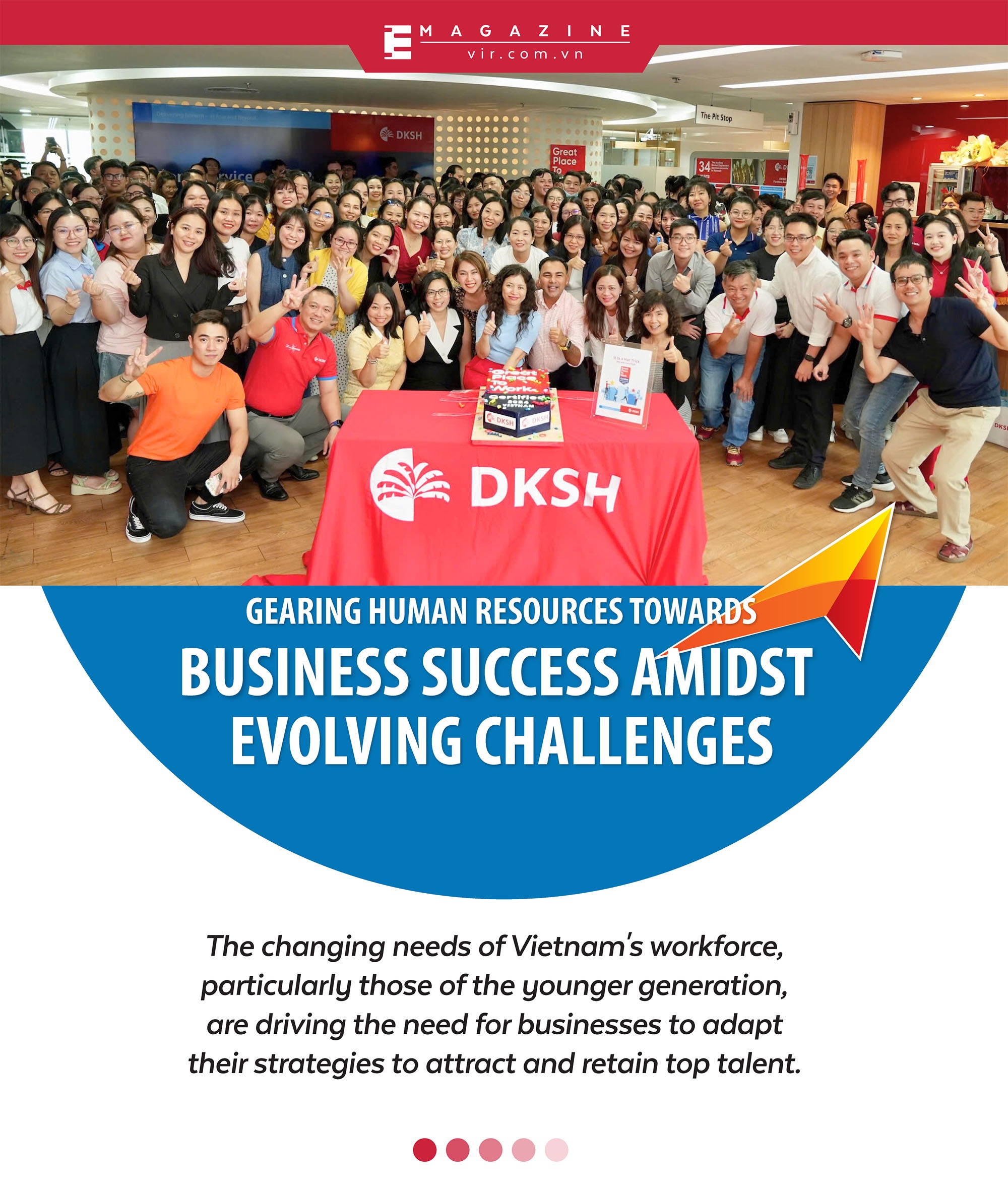
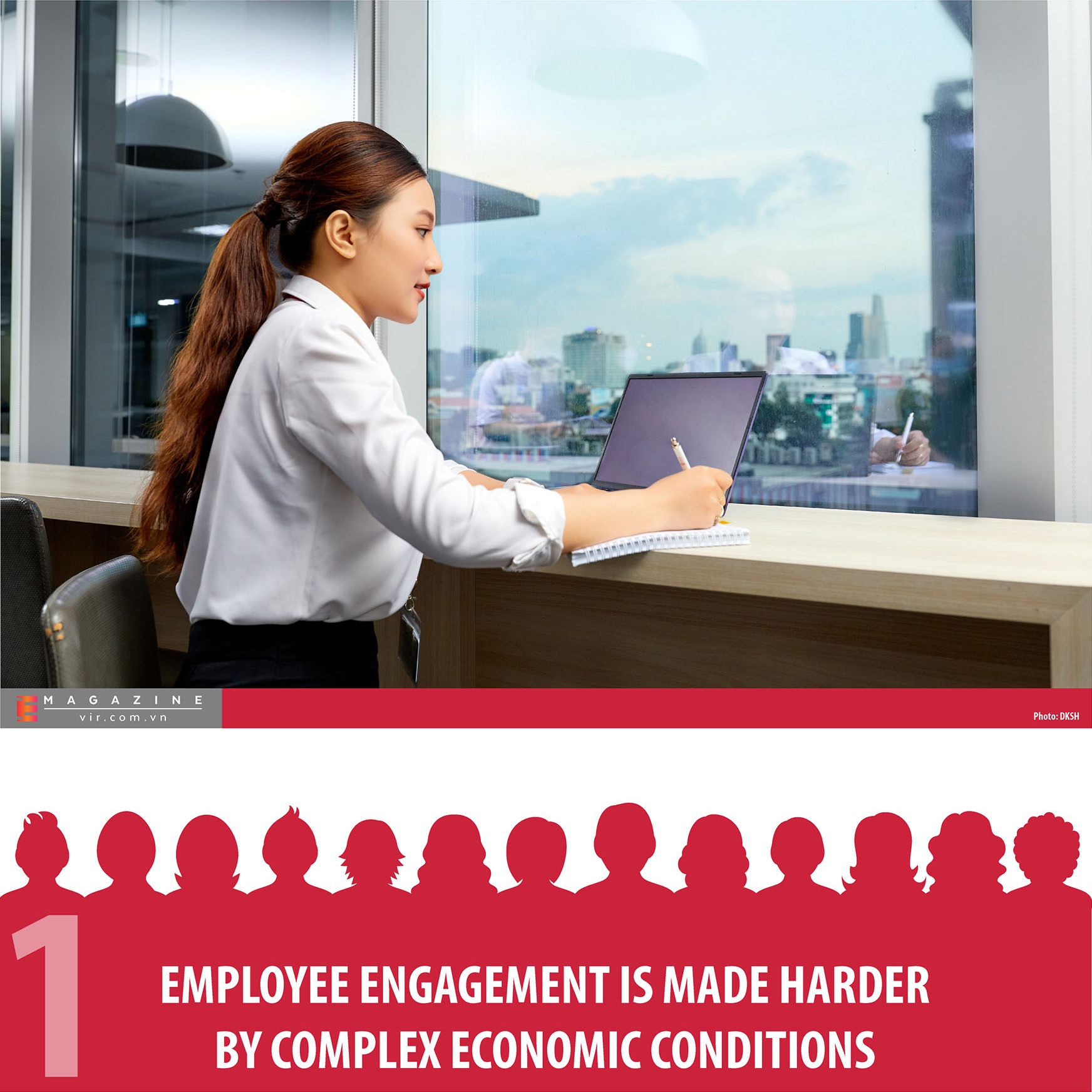
Stepping into 2025, the labour market has recorded sizeable changes stemming from Vietnam’s economy regaining momentum. The combination of large investments of overseas capital, which reached $38.23 billion in 2024, and the government's recent prioritisation of workforce development has incentivised a recalibration of HR strategies.
Vietnam's pronounced GDP improvement and increased flow of foreign capital over the past 12 months has coincided with an upsurge in hiring demand, meaning it essential that both local and global firms capitalise on this potent job market and build their workforce.
However, the HR landscape raises more questions than answers about effective retention strategies. According to a survey conducted by Robert Walters, 59 per cent of employers encounter tough competition in terms of recruitment and benefits.
Meanwhile, despite meaningful work being a priority among employees’ agendas, only 11 per cent of Vietnamese workers surveyed by Jobs that makesense Asia and Manpower report satisfaction with their purpose at work – the lowest percentage among Southeast Asian countries. Additionally, 67 per cent are actively seeking new positions this year, which translates into more effort being needed for firms to keep their employees.
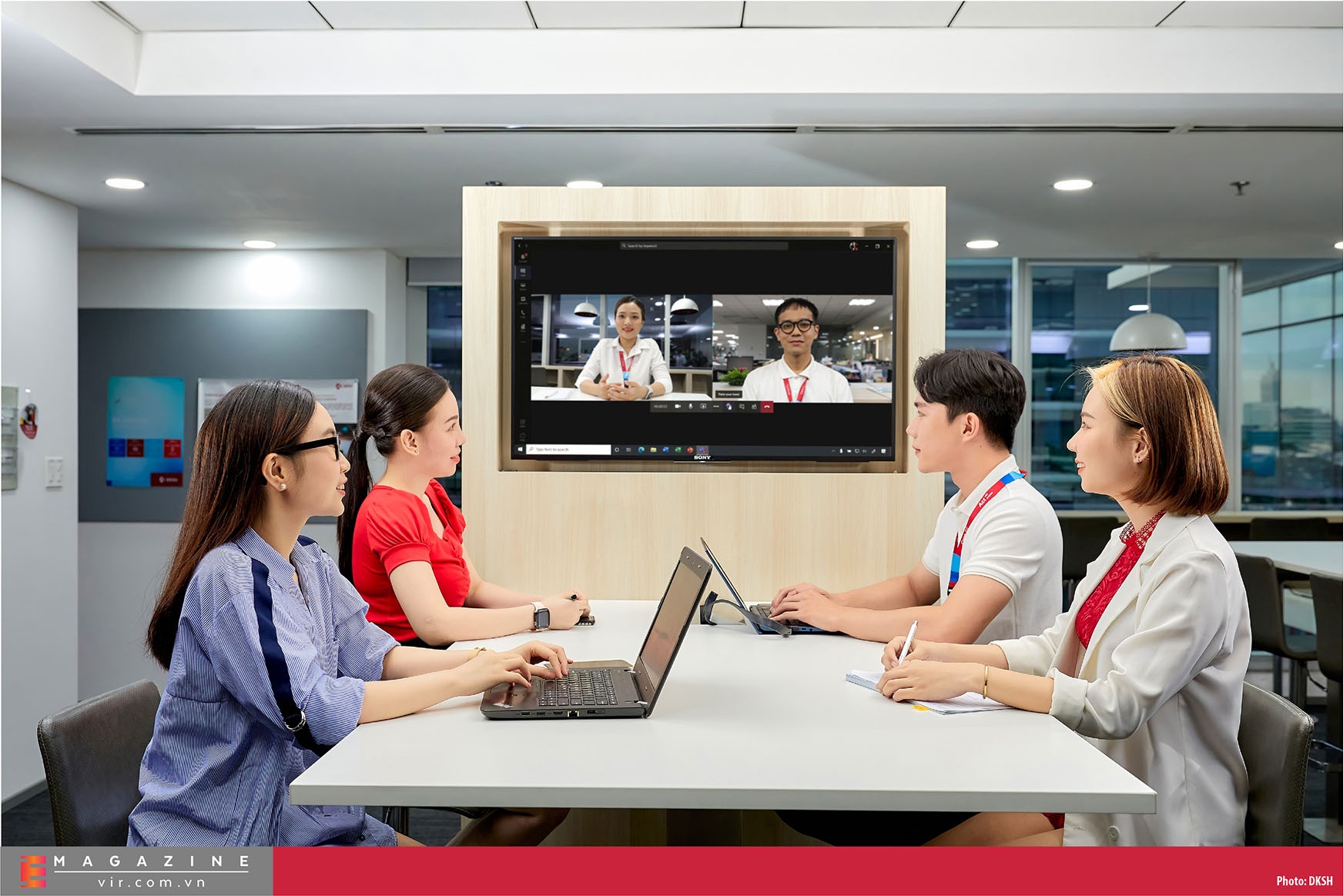
The focus in the workplace is shifting from employee satisfaction to employee engagement and experience. Previously, organisations prioritised employee satisfaction by implementing HR policies and fostering a stable work environment that met essential needs, primarily to retain talent. However, companies are now placing greater emphasis on engagement by cultivating high-performance, high-energy workplaces that encourage recognition and motivation. Additionally, there is an increased focus on the emotional aspects of work, ensuring employees have positive and meaningful experiences with their roles, colleagues, and the organisation each day.
For effective employee retention strategies for Vietnamese workers, businesses will need to develop a dual-factor HR strategy that incorporates both 'retain' and 'reinvent' elements. This approach goes beyond simply retaining talent–it actively reinvents their roles, skills, and career paths to drive long-term engagement and adaptability in the face of new challenges. By doing so, organisations can cultivate a sustainable workforce, enhance overall performance, and secure a lasting competitive advantage.
Van Pham, DKSH Vietnam Country HR Director, has experience of creating a successful, vibrant, and diverse workforce at her company. Her new study on staff retention, which involved 600 employees across international pharmaceutical companies in Vietnam, shows us the top three reasons why employees remain with their employers. "Employees do not just stay because they love their job; they stay because leaving feels like too much to give up. The reasons people stay are not simply the reverse of why they leave. They stay for the upside–job security, stable income, or career growth. Passion, fuelled by exciting work, self-motivation, and opportunities for long-term learning, is also a key driver. Finally, a strong connection to workplace culture and the ability to adapt to business processes significantly increases retention," shared by Van Pham.
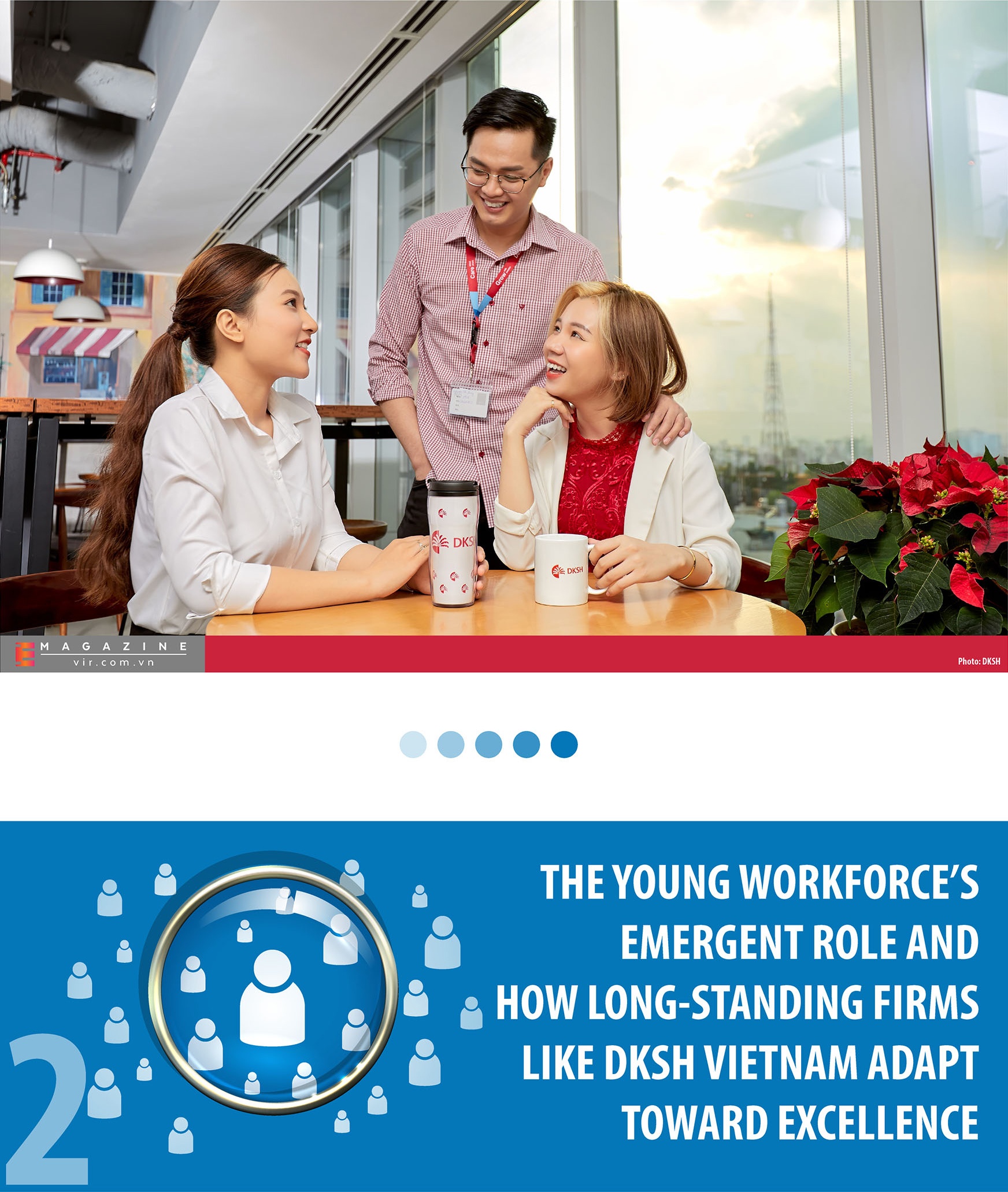
The upcoming 'Generation Z' (those born between 1997 and 2012) is expected to drive transformative growth for corporate firms as their participation in the modern workplace continues to rise. In 2025, 'Gen Z' will take up approximately 25 per cent of Vietnam’s workforce. This figure is already being seen in companies across sectors like banking, fast-moving consumer goods, and consumer electronics, with Gen Z employees accounting for 20 to 30 per cent of total workers.
Considering the growing shift in hiring potential among firms, young workers - known for their tendency to change jobs - are presented with diverse opportunities across industries.
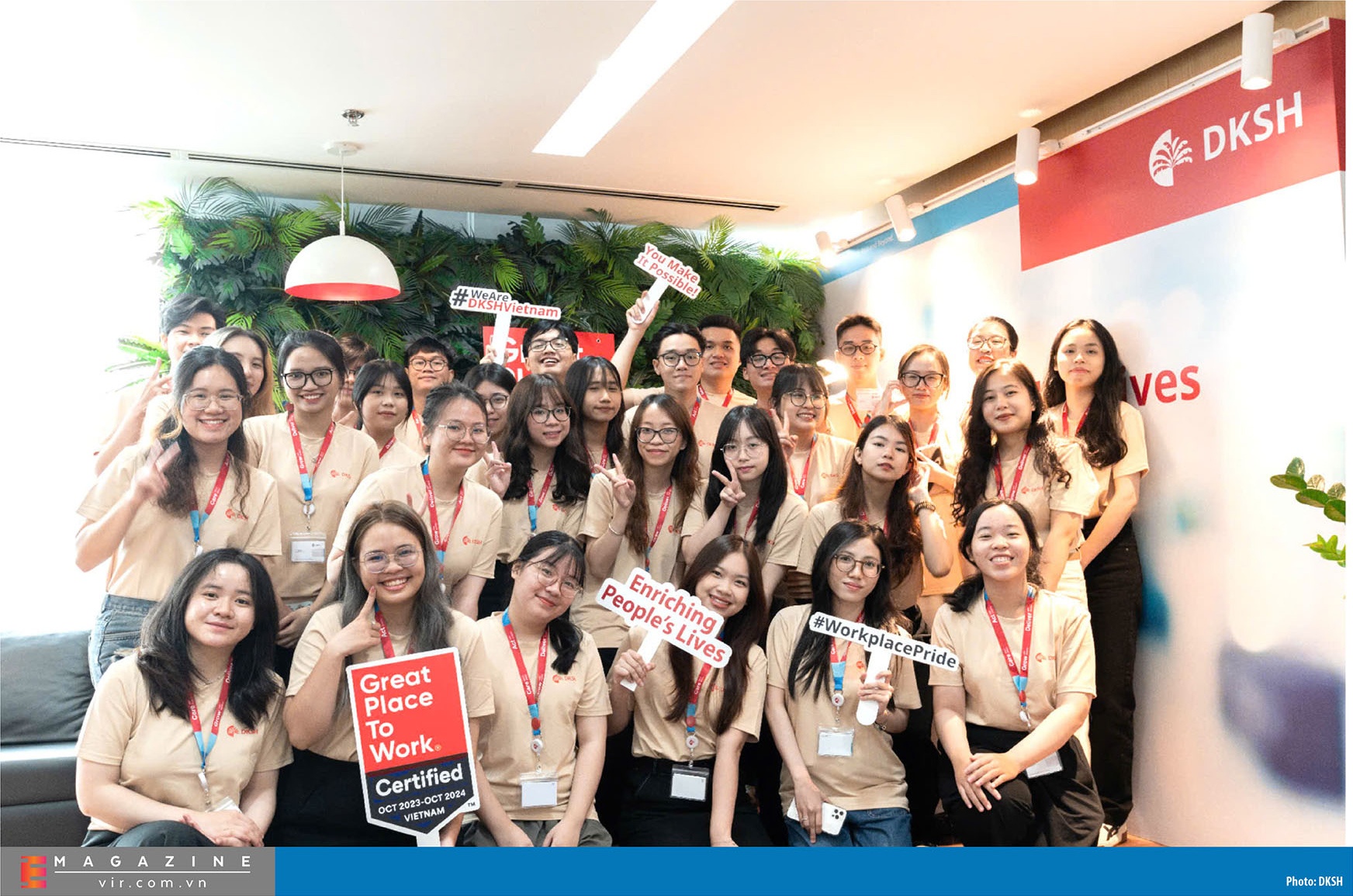
15 per cent of DKSH Vietnam's 4,000 workers across 21 locations belong to this upcoming generation. With over 30 years of operation in Vietnam, DKSH fully understands the importance of cultivating a dynamic yet balanced corporate environment. This has helped the company build on its honours over the years, including HR Asia's 'Best Company to Work for in Asia' and 'Most Caring Company', and being certified as a 'Great Place To Work' for the third consecutive year in 2024.

One pressing concern for HR departments is to adjust strategies and accommodate various age groups in a multi-generational labour force. DKSH tackles this by fostering understanding and creating spaces to harmonise generational differences through workshops on the topics of 'Diversity, Equity and Inclusion'. Moreover, the company focuses on training programs like 'Next Gen Leaders' that build the relationship between trainers - senior leaders, and younger employeestoward valuable experience and skill development.
DKSH's core principles are 'Act with Purpose', 'Care about Others', 'Deliver with Direction', and 'Grow with Passion', guiding the company as it strikes a balance and adapts to the next generation of workers through its comprehensive talent development process. Additionally, DKSH seeks to balance and adapt to the next generation of workers through its comprehensive talent development process that evaluates talents at various levels.
One of the leading market expansion service providers has also taken steps to build a development roadmap for talents via diverse assigned projects, in which coaches and mentors help new hires integrate into new roles effectively. This initiative mobilises experience, culture, and knowledge transfer from the previous generation to those just starting out while also appealing to the mindset and ideas of the young workforce.

What's clear is that companies need to adapt their human resource strategies to stay ahead in 2025. As the principles of employee care rise in significance, employers will benefit from building a harmonious environment that works for everyone, in which both financial security and a good work-life balance are feasible. Retention strategies should focus on employee engagement and development, providing workers with clear career prospects and support for professional success.
"It’s never enough to eliminate the causes why people leave; firms need to actively build the reasons why they stay," said Van Pham.

 By Bich Thuy
By Bich Thuy